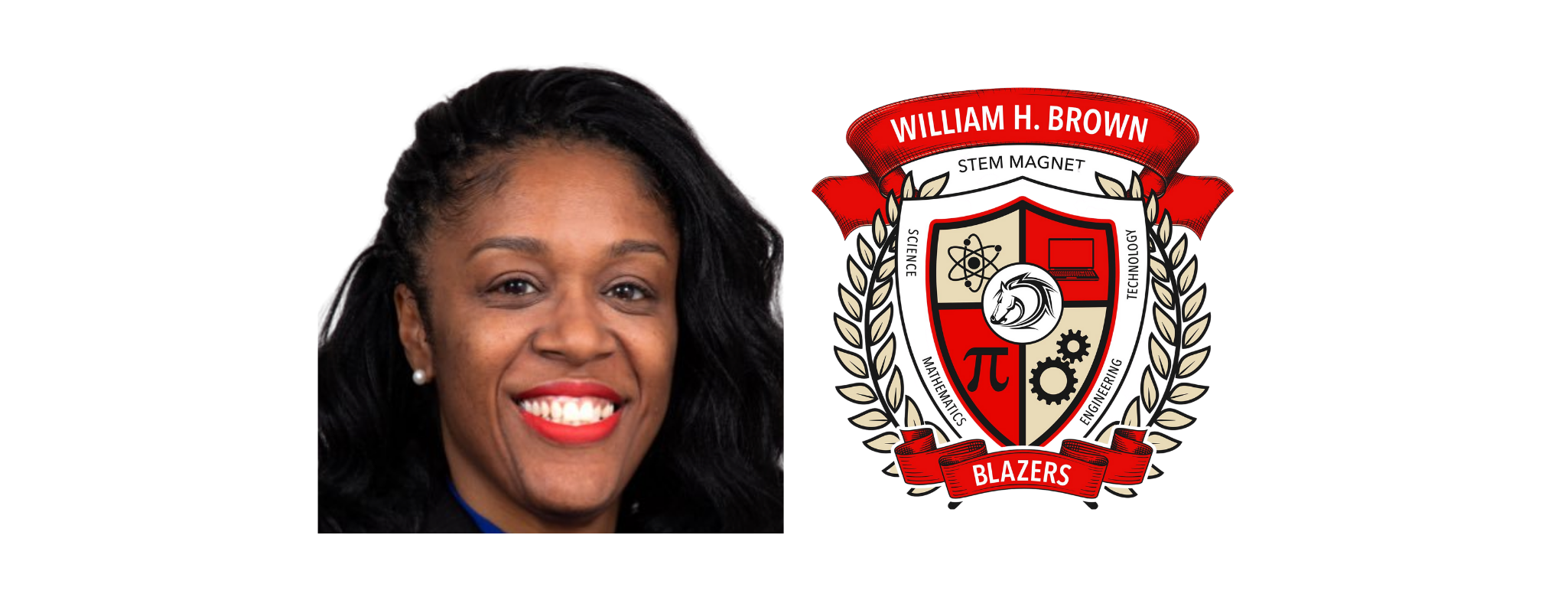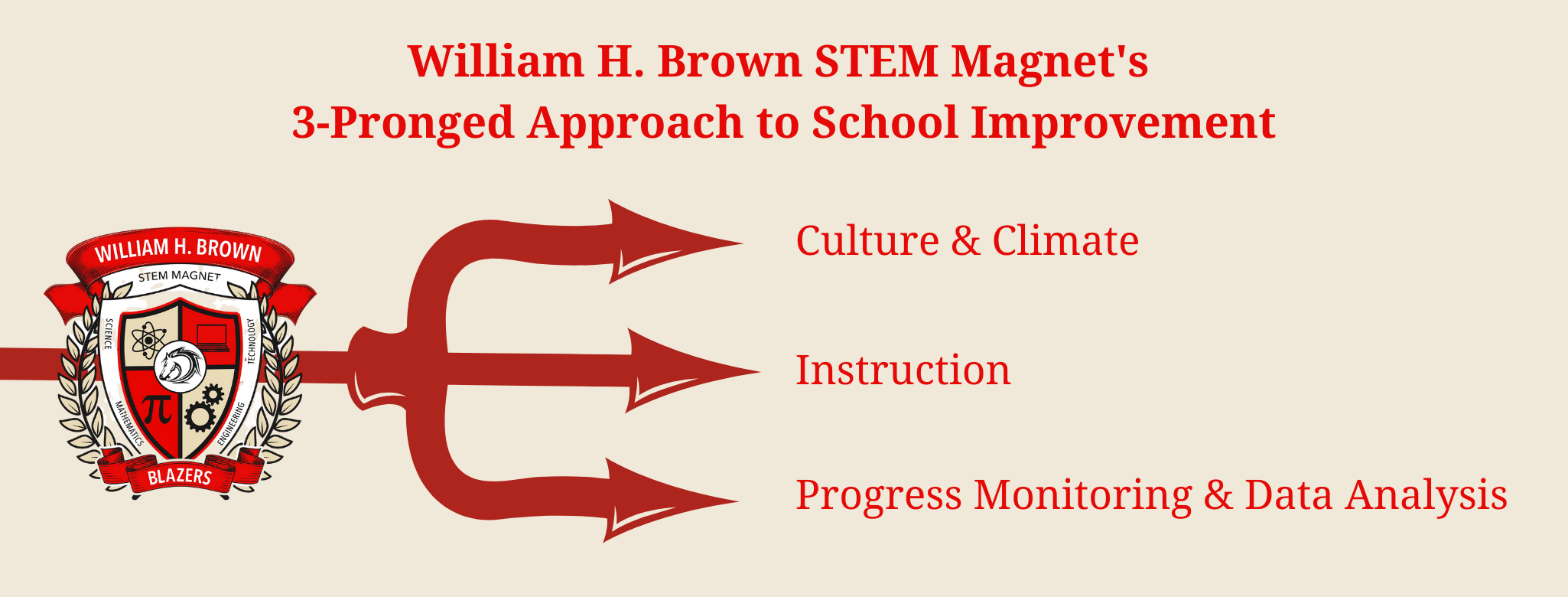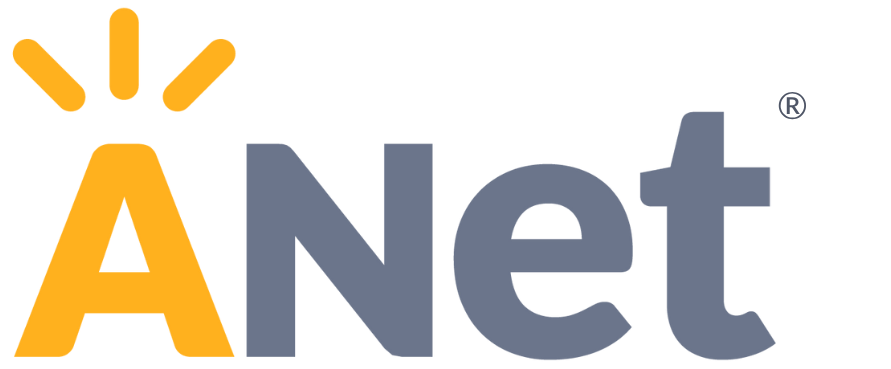.png)
Principal Latoya Lyons of William H. Brown STEM Magnet School in Chicago, IL is the sole administrator at her pre-K to 8th grade school. Her students are almost exclusively Black, with a majority receiving free or reduced lunch. Lyons has spent the last eight months navigating the nuances of fully remote instruction amidst the ongoing twin pandemics in addition to the typical demands of her job. Her biggest concern has been ensuring educational equity for her students, who are already among the most marginalized. Despite all this, she remains completely dialed-in to the moves her classroom teachers are taking to address the amplified learning loss of their students.
One thing allowing her to remain dialed-in is the creation and implementation of a strong assessment strategy that is rooted in ANet’s new diagnostic assessments.
When Lyons began crafting her school’s restart and recovery plan through the lens of a remote start to the 20/21 school year, she knew that it was essential to get clear on the depth of the learning loss caused by the COVID-19 pandemic. She turned to her ANet coach Katie Lyons (no relation) for guidance on utilizing ANet’s new diagnostics to gain that clarity.

Katie Lyons
ANet Director of School Support
ANet’s diagnostics provide a snapshot of student learning from prior grades and support teachers in identifying strengths and opportunities for learning that inform planning for equitable grade-level instruction.
Diagnostics can help educators:
-
Recenter on specific student strengths
-
Build opinions and expertise about text and task complexity and the coherent learning progressions of math standards
-
Plan for equitable grade-level instruction
The diagnostics are allowing W. Brown STEM teachers to zoom in on what matters most as they form and revise impactful instructional recovery plans that ensure educational equity for their most marginalized students.
After taking the diagnostics nearly a month ago, teachers at W. Brown STEM were able to immediately utilize the data as they designed and refined their instructional plans. Lyons says for math in particular, the data was helpful in allowing teachers to identify high-impact standards to focus on so they could “get the most bang for their buck.”
Since then, teachers are continuing to have weekly conversations around the data. They are analyzing it against progress monitoring data garnered from interim assessments and formative assessments created with ANet’s Quiz Tool to continuously shift and improve their practice to ensure that students are making necessary gains. Additionally, Lyons has engaged in virtual classroom learning walks alongside her ANet coach. These walks have given Lyons the opportunity to ensure that teachers are continuing to keep data at the forefront of their planning as well as letting her check classrooms for evidence of Student Achievement Partner’s Core Action 3. Core Action 3 is a focus area for W. Brown STEM this year and is exhibited by providing all students with opportunities to engage in the work of a lesson as well as demonstrated practices associated with the lesson’s content.
Looking beyond the diagnostics, W. Brown STEM’s full assessment strategy includes frequent progress monitoring and data analysis. While it may be easy to abandon progress monitoring at a time when teachers and students have so much on their plate, Lyons believes that it is vital to an equitable education because it allows teachers to “refine and revisit our instructional plans to make sure that we are meeting the needs of our students," ensuring that vulnerable students are not left behind.
This assessment strategy is a part of their 3-pronged approach to overall school improvement. The other prongs are culture & climate and instruction. The overall approach is designed to support achievement of their school wide goals around attendance, growth and attainment to ensure W. Brown STEM’s students receive an equitable education.
.png)
Lyons also believes that her partnership with ANet has helped her to grow her instructional leadership team and classroom teachers, which ensures that everyone in the building is focused on strong instruction.
In lieu of additional building administrators, Lyons leans heavily on her team of instructional coaches--two STEM coaches and a reading interventionist. She has worked hard to develop this team and their instructional leadership capacity, and says that ANet’s resources have been invaluable here. Coaches have weekly 1:1 meetings with teachers that are grounded in analyzing the most up-to-date data set available. Coaches are able to align their feedback and classroom observations to the data, allowing for a more focused approach to improving instructional quality.
Teachers at W. Brown STEM have increased their own instructional capacity as well through attendance of ANet-led professional learning and usage of myANet. Lyons says, “myANet is like a gold mine. I wish I had that when I was a classroom teacher.” She is a particular fan of the new online Quiz Tool that allows teachers to craft those daily formative assessments that are essential to the “progress monitoring and data analysis” prong of their school improvement approach.
Lyons also relies on her ANet coach Katie Lyons. She describes Katie as a crucial “thought partner” in the work whose resourcefulness and ability to tailor their partnership to meet the needs of the school is unparalleled and invaluable. W. Brown STEM is in their second year of partnership with ANet and in that short time, Lyons has already earmarked ANet as “essential” in her school’s budget.
At a time when school leaders are being pulled in dozens of directions, Principal Latoya Lyons uses a strong understanding of her students’ data as a strategy for remaining focused on instruction and educational equity within the currently virtual walls of W. Brown STEM. Her focus as an instructional leader allows teachers at W. Brown STEM to craft impactful plans that ultimately lead to educational equity for students.
